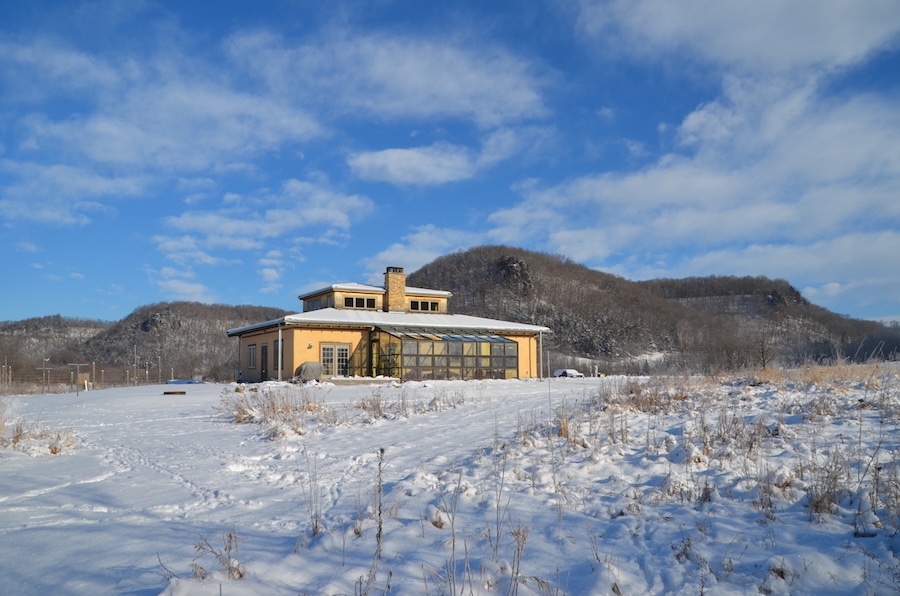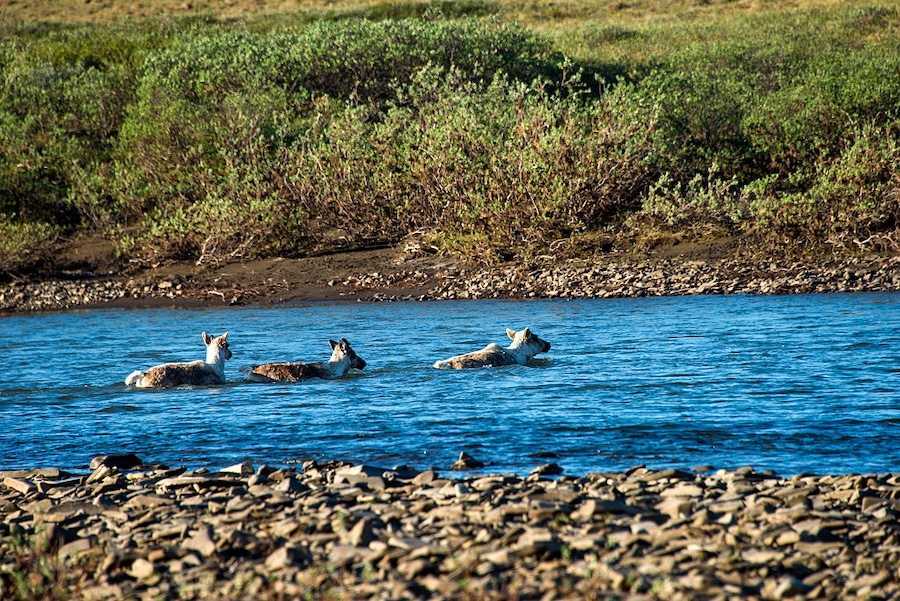
by Komoneed | Jun 8, 2025
The Driftless — an unglaciated area that runs through Wisconsin and a few other states — lured Tamara Dean and her partner, David, to escape their life indoors two decades ago. “We had spent our days in offices, staring at screens most of the time. And we thought, we just want to try something that […]
The post ‘Shelter and Storm’: Tamara Dean’s Memoir of Living in the Driftless appeared first on EcoWatch.

by Komoneed | Jun 8, 2025
Manufacturers believe the UK’s lack of hydrogen filling stations could negatively effect the transport sector

by Komoneed | Jun 6, 2025
An increase in spending on clean energy is expected to drive record global energy investment of 3.3 trillion in 2025, with 2.2 trillion of that in “clean-energy technologies,” according to the latest report from the International Energy Agency (IEA). Despite economic uncertainty and geopolitical tensions, the World Energy Investment 2025 report shows China leads the […]
The post 2025 Global Energy Investment to Reach Record $3.3 Trillion, Driven by ‘Clean Technologies’: IEA Report appeared first on EcoWatch.

by Komoneed | Jun 6, 2025
United States Secretary of the Interior Doug Burgum announced on Monday that the federal government had proposed the reversal of a Biden-era order banning oil and gas drilling on the 23-million acre National Petroleum Reserve on Alaska’s North Slope. The remote area is home to a diverse array of wildlife, including threatened polar bears, caribou […]
The post Trump Officials Open Millions of Acres of Alaska Wildlands to Oil and Gas Drilling appeared first on EcoWatch.

by Komoneed | Jun 6, 2025
In a new study, scientists have found a way to turn industrial waste, such as recycled glass and construction waste, into a soil solidifier that is cement-free. By cutting out the cement, the material serves as a lower-carbon material for green construction. According to the UN Environment Programme, the built environment and construction sectors make […]
The post Scientists Develop Lower-Carbon Cement Alternative From Recycled Glass and Construction Waste appeared first on EcoWatch.




